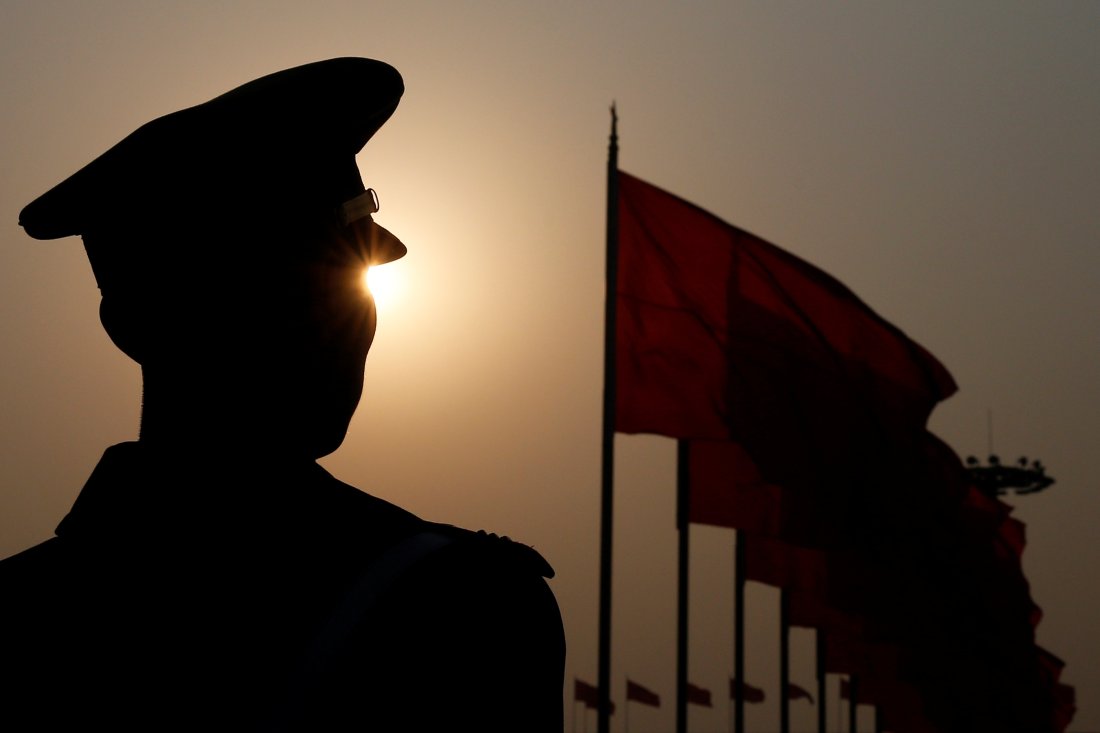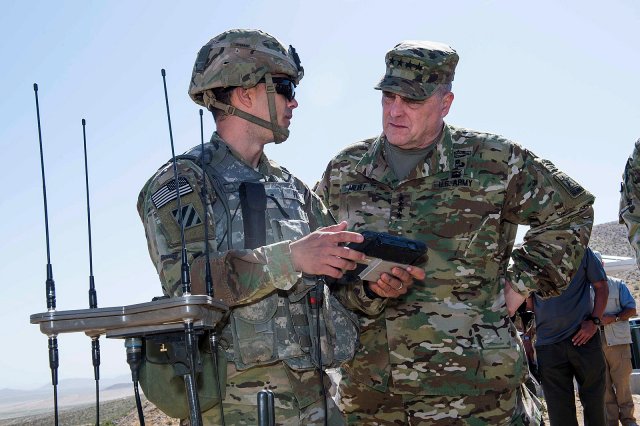ABHIJNAN REJ
As India’s relations with both China and Pakistan continue to deteriorate, the country’s policy-makers must contemplate the unpleasant possibility of a 'two-front' war with both countries.[1] Whether or not such a war would be overtly collusive between China and Pakistan – that is, whether they would pre-plan a joint attack on India or it would be a case of strategic opportunism – it is clear to many in positions of authority that the Indian military remains fundamentally unprepared for such a challenge.[2] But it can also be argued that a two-front force ratio (ratio of Pakistani and fraction of Chinese inventories to India’s) has evolved and varied considerably over time, as China continues to rapidly modernise and numerically increase its military (through significant increases in defence spending[3]) while Indian military preparedness flounders.







/arc-anglerfish-arc2-prod-mco.s3.amazonaws.com/public/5JSFAUTYHZH6PBKO2BVNAHJJ3I.jpg)






/arc-anglerfish-arc2-prod-mco.s3.amazonaws.com/public/DPI5DYLY4RGODMZVQI57OMF5NY.jpg)
